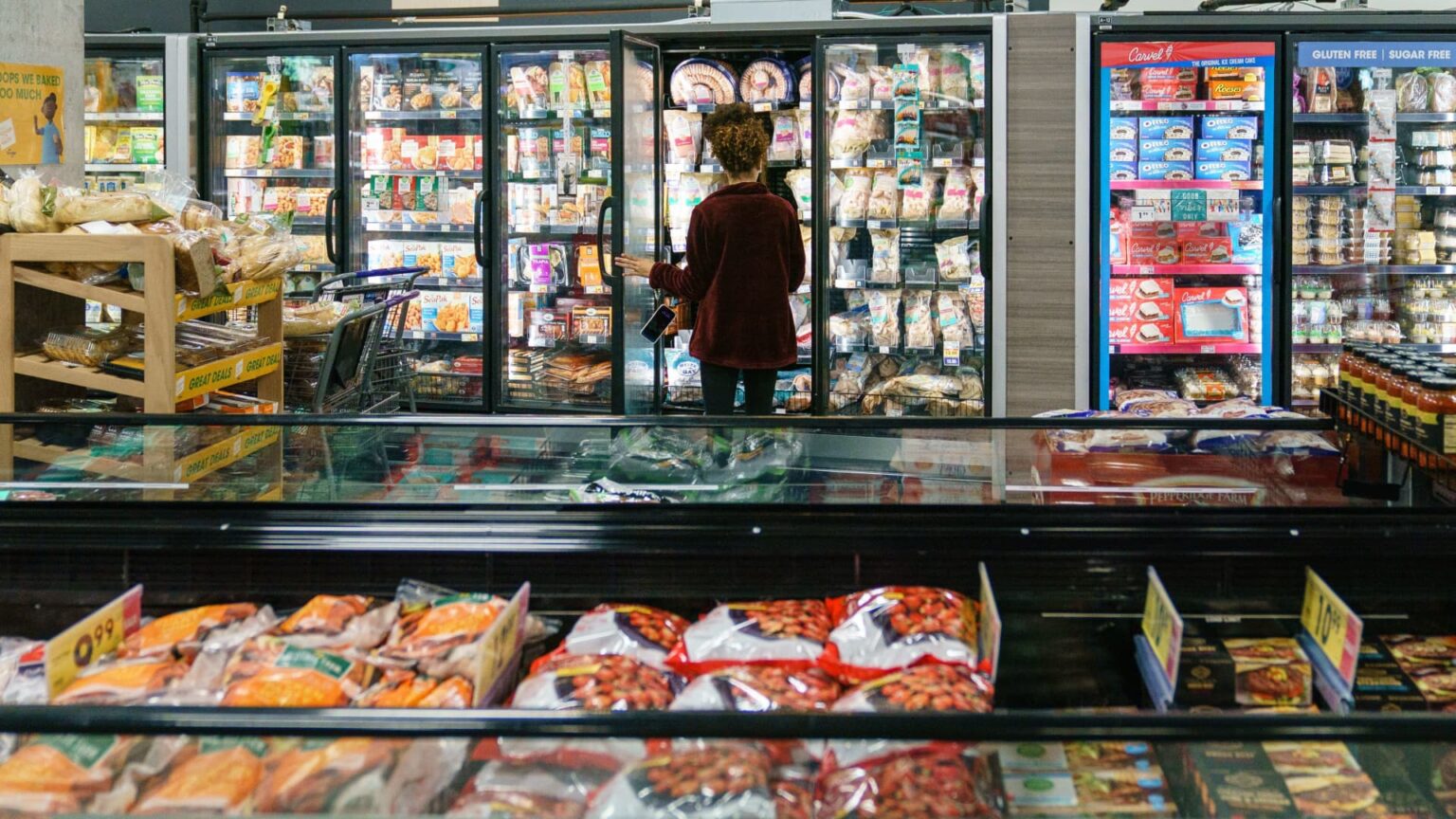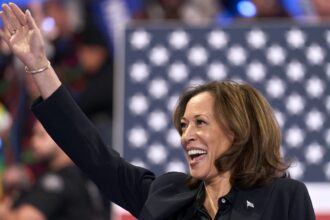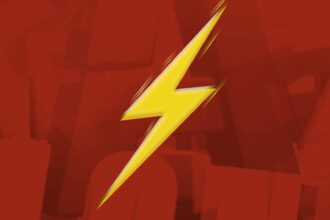Rising gasoline prices likely put a floor under inflation in February, potentially reinforcing the Federal Reserve’s decision to take a go-slow approach with interest rate reductions.
Economists expect that prices across a broad spectrum of goods and services rose 0.4% on the month, just ahead of the January pace for 0.3%, according to the Dow Jones consensus. Excluding food and energy, the increase for core inflation is forecast at a 0.3% gain, also one-tenth of a percentage point above the previous month.
On a year-over-year basis, headline inflation is expected to show a 3.1% gain and core inflation a 3.7% increase when the Labor Department’s Bureau of Labor Statistics releases its latest reading on the consumer price index Tuesday at 8:30 a.m. ET. The respective 12-month readings in January were 3.1% and 3.9%.
Though it has fallen sharply since its peak in mid-2022, inflation’s resilience almost certainly will assure no Fed rate cuts at its meeting on April 30 to May 1, and possibly into the summer, according to current market pricing. Markets were rattled in January when the CPI data came in higher than expected, and Fed officials shifted their rhetoric afterward to a more cautious tone about easing policy.
“While we do not expect the trend in inflation to re-accelerate this year, less clear progress over the next few months is likely to keep the Fed searching for more confidence that inflation is on course to return to target on a sustained basis,” Sarah House, senior economist at Wells Fargo, said in a recent client note.
Energy prices had eased earlier in the winter, putting some downward pressure on headline readings.
But Wells Fargo estimates that energy services rebounded 4% in February, leading to an increase at the pump, where a gallon of regular gas is up about 20 cents, or more than 6%, from a month ago, according to AAA.
The bank also estimates that goods prices have held their ground despite an easing in supply chain pressures and pressure from higher interest rates. On the brighter side, the House said lower prices on travel, medical care and other services helped keep inflation in check.
Still, Wells Fargo has raised its full-year inflation forecast.
The bank’s economists now expect core CPI to run at a 3.3% rate this year, up from the previous 2.8% estimate. Focusing on the core personal consumption expenditures price index, the preferred Fed gauge, Wells Fargo sees inflation at 2.5% for the year, versus a prior estimate of 2.2%.
Wells Fargo isn’t alone in expecting a higher pace of inflation.
In its February survey of consumers, the New York Fed found that while respondents held to their one-year outlook for inflation at 3%, their expectations at the three- and five-year horizons accelerated to 2.7% and 2.9% respectively, both well ahead of the central bank’s 2% target.
While increases in gas prices can play an outsize role in monthly fluctuations for the survey, the outlook for gas price increases was actually relatively benign.
An Atlanta Fed measure of “sticky price” inflation held at 4.6% on a 12-month basis in January. The gauge is weighted toward items such as housing and insurance, and Fed officials are hoping that shelter costs decrease through the year, taking some pressure off the cost of living gauges.
On Thursday, the BLS will release the February producer price index, which measures what producers get for their goods and services at the wholesale level. The two indexes will be the last inflation data the rate-setting Federal Open Market Committee will see before it meets next on March 19-20.
Read the full article here










